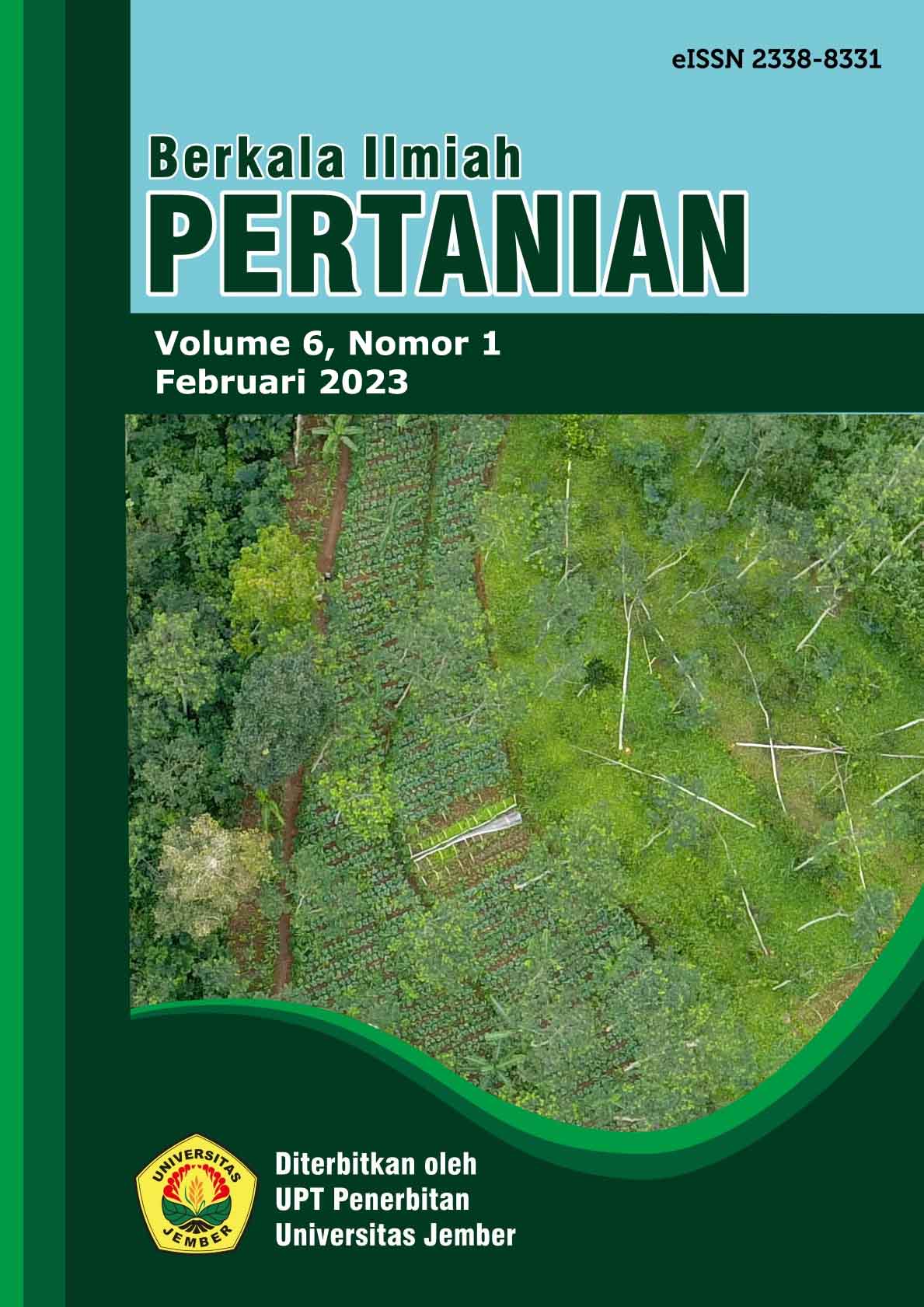Perencanaan Penggunaan Lahan Untuk Pengembangan Budidaya Tembakau di Kabupaten Temanggung
DOI:
https://doi.org/10.19184/bip.v6i1.36983Abstract
Tobacco is one of the importan commodities in Temanggung Regency. Temanggung’s tobacco has a nicotine content from 3 – 8%, so it is used as one of the main flavoring ingredients in manufacture of cole cigarettes. The rapid development of tobacco cultivation land in Temanggung Regency was not followed by site selection according to land capability class and land suitability. The aim of this study were to, 1) calculate the aviability of land for the development of tobacco cultivation, 2) determine the land suitability class for tobacco cultivation. The matching method is use in land suitability class. Extensification of tobacco cultivation land in temanggung regency can be carrie out on land with suitability class S3 (according to marginal) covering an area of 17.490,90 ha, covering a dry area of 11.975 ha; rainfed rice fields 3.622,9 ha; and shurbs 1.893 ha . Actual land suitability class of land aviable, among others S3na (8.293,98 ha), S3nr,na (3.621,96 ha), S3rc,na (2.389,78 ha), S3tc,nr,na (1.014,93 ha), S3tc,na (787,04 ha), S3tc (402,73 ha), S3tc,nr (343,43 ha), and S3tc,rc (1,17 ha). Potential land suitability class of land aviable, among others S2na (8.293,98 ha), S2nr,na (3.621,96 ha), S3tc (2.548,13 ha), S3rc (2.389,78 ha), and S3tc,rc (1.17 ha).
Downloads
Downloads
Published
Issue
Section
License
Authors who publish with this journal agree to the following terms:
1.Authors retain copyright and grant the journal right of first publication with the work simultaneously licensed under a Creative Commons Attribution-NonCommercial 4.0 International License that allows others to share the work with an acknowledgement of the work's authorship and initial publication in this journal.
2.Authors are able to enter into separate, additional contractual arrangements for the non-exclusive distribution of the journal's published version of the work (e.g., post it to an institutional repository or publish it in a book), with an acknowledgement of its initial publication in this journal.
3.Authors are permitted and encouraged to post their work online (e.g., in institutional repositories or on their website) prior to and during the submission process, as it can lead to productive exchanges, as well as earlier and greater citation of published work (See The Effect of Open Access).




















